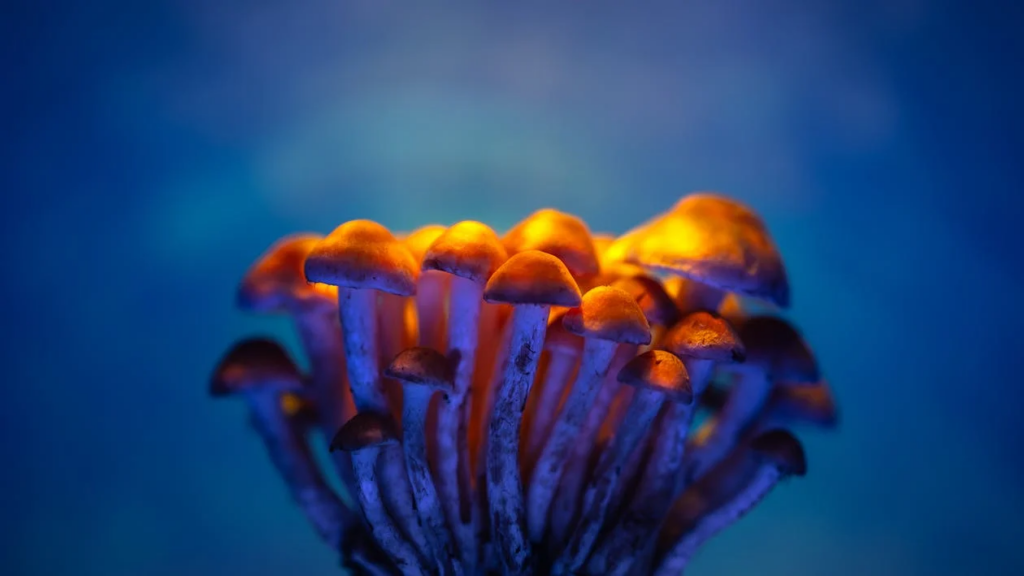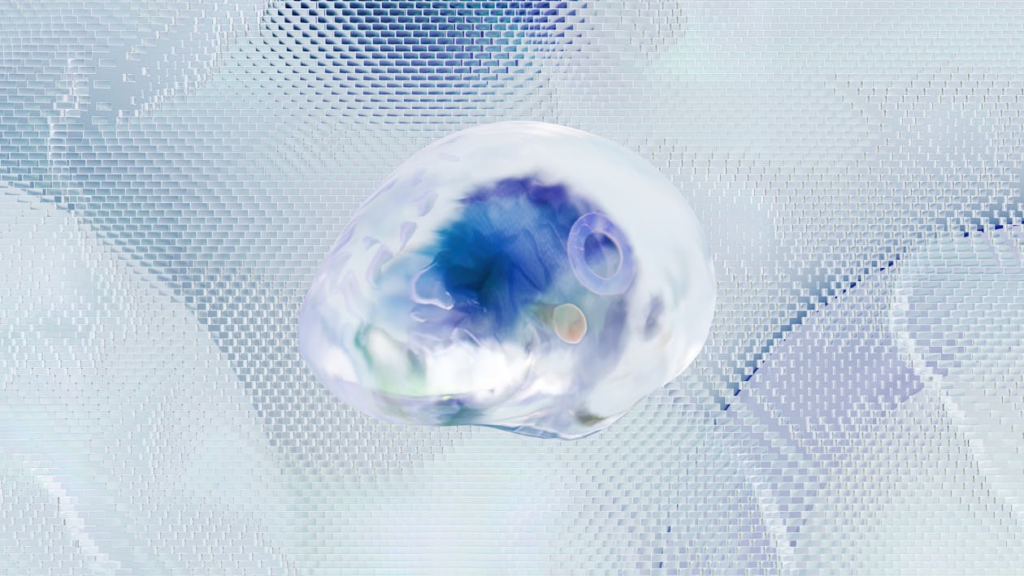A preclinical study from Northeastern University has revealed astonishing evidence that psilocybin – the psychedelic compound in magic mushrooms – could possibly repair brain damage caused by head injuries or otherwise known as repetitive mild traumatic brain injuries (rmTBI). Researchers observed that rats treated with psilocybin after simulated head trauma showed reduced brain swelling, restored neural connectivity, and lower levels of dementia-linked proteins compared to untreated rats. These findings, though preliminary, align with growing clinical interest in psychedelics as tools to combat neurodegenerative disorders and potentially restore brain function.
How Psilocybin Repairs the Injured Brain

Psilocybin’s therapeutic potential lies in its dual ability to reduce inflammation of the brain and enhance neuroplasticity within adult rodents after experiencing mild, repetitive head injuries. The compound binds strongly to serotonin receptors (5-HT2A), triggering cascades that modulate brain-derived neurotrophic factor (BDNF), a protein important for sustaining neurons in the brain and synaptic plasticity. In injured brains, BDNF levels often plummet, impairing brain recovery. Psilocybin not only restores BDNF but also enhances its responsiveness to its receptor, TrkB, which bolsters the ability for the brain to heal.
Also, psilocybin appears to normalize blood flow and reduce brain swelling, a common occurrence identified in post-injury patients. Preclinical models show psilocybin stabilizing the blood-brain barrier integrity, preventing fluid leakage into the surrounding brain tissue. This anti-inflammatory effect is complemented by psilocybin’s capacity to dissolve pathological tau proteins, which accumulate after head trauma and are related to causing dementia-like neurodegenerative diseases like chronic traumatic encephalopathy (CTE).
Preclinical Breakthroughs: Restoring Connectivity in Rodent Models
In a landmark experiment, researchers subjected 16 adult female rats to three consecutive days of closed-skull head impacts mimicking sports-related concussions. Half an hour after sustaining the head injuries, half of the rats received psilocybin injections (3.0 mg/kg), while others were not administered the compound. MRI scans on day three revealed untreated rats had diminished functional brain connectivity – particularly in the thalamus, sensorimotor cortex, and hippocampus – mirroring the same neuro deficiencies seen in humans with rmTBI. Psilocybin-treated rats, however, showed reduced hyperactivity to CO2 and hyperconnectivity within their brains – even surpassing activity in the rats (control) who had not sustained injuries at all.
By day 22, treated rats showed a 48% decrease in brain swelling inflictions like vasogenic edema compared to untreated peers. It was also found to have restored BDNF/TrkB signaling in the prefrontal cortex and a 40% reduction in phosphorylated tau – a key culprit in neurodegenerative diseases linked to dementia-like illnesses. Notably, psilocybin also dithered CO2 hypersensitivity, a common post-concussion symptom. “You give the psilocybin and not only does it [the brain] return to normal, but the brain becomes hyper connected,” says lead researcher Craig Ferris, suggesting the compound may “reboot” neural networks damaged by injury.
Read More: Canada Will Let Terminally Ill Patients Use Psychedelic Mushrooms For End-Of-Life Care
Human Brain Networks and Psychedelic Effects

While studies on rodents highlight molecular mechanisms, human neuroimaging reveals how psilocybin’s acute effects might enable recovery in the brain. A 2024 Nature study found that a single 25 mg psilocybin dose “massively disrupted” functional connectivity across cortical and subcortical regions – 3 times more than stimulants like methylphenidate (Either known as Ritalin or Concerta). This desynchronization dissolves rigid network boundaries, potentially allowing injured brains to reconfigure their wiring.
Psilocybin significantly affects the default mode network (DMN), which is responsible for controlling self-focused thinking and is often overactive in depression and PTSD. By separating the DMN from the hippocampus – a region important for memory consolidation – psilocybin may help patients “reset” dysfunctional cognitive patterns worsened by brain injury. Follow-up scans showed reduced hippocampal-DMN connectivity continued for weeks, hinting at lasting neuroplastic changes.
Clinical Implications: From Concussions to Neurodegeneration
The translational potential is vast. Over 5 million Americans live with TBI-related disabilities, facing elevated risks for dementia, Parkinson’s, and CTE. Current therapies focus on symptom management, not repair. Psilocybin’s ability to target tau pathology could make it the first disease-modifying treatment for CTE, which afflicts 6% of the general population and 30% of contact sport athletes.
Challenges and Future Directions
Despite promise, hurdles remain. Dosing is nonlinear: low psilocybin doses stimulate neurogenesis, while high doses may inhibit it. Timing also matters – administering psychedelics during the acute injury phase could worsen inflammation, whereas delayed treatment might work better for repairing the brain.
Researchers stress that psilocybin isn’t a standalone cure. “It’s like penicillin for the brain,” says neurologist David Olson, “but rewiring requires structured therapy to guide plasticity”8. Ongoing trials combine psilocybin with cognitive rehabilitation and therapy to maximize the benefits of treatment.
Conclusion: A Paradigm Shift in Brain Injury Care
Psilocybin challenges traditional neurology’s pessimism toward brain repair. By reducing inflammation, restoring synaptic plasticity, and diminishing tau phosphorylation, it offers a multipronged attack on post-TBI neurodegeneration. As human trials begin, combined research from rodents and neuroimaging indicates that psychedelics are moving from cultural symbols to mainstream treatments.

